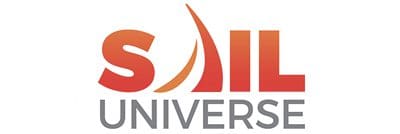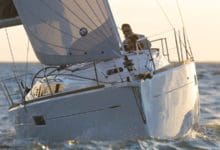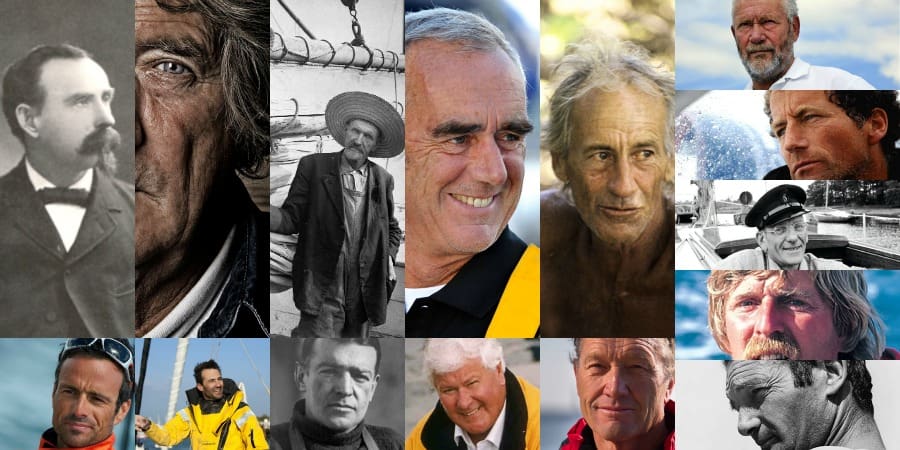Sailing is a nuanced, complex process—now imagine doing it blind. That’s exactly what Walt Raineri, Kris Scheppe and Scott Ford do as Blind Match Racing Team USA 1. Blind Sailing International organizes sailing races around the world for the blind. To navigate, sailors use audio sound buoys along the courses, as well as sound emitters on their boats to avoid crashes. For these competitors, a lack of eyesight is no hurdle. In Raineri’s words, “add a little bit of courage and you can do just about anything.”
Blind Sailing International is an Organisation to support expand and further the opportunities for visually impaired people competing in the sport of sailing.
Blind Sailing International (BSI) does this through:
- Supporting international sailing championships.
- Promoting Visually Impaired sailing activities and achievements.
- Providing an information source.
- Providing an opportunity for Blind and Partially sighted sailors to share their experiences.
- Working with World Sailing and the World Sailing Para World Sailing Committee (formerly the International Federation of Disabled Sailors (IFDS)).
- Working internationally with other sailing Organisations to develop sailing opportunities for visually impaired sailors.
HOW DO BLIND SAILORS RACE?
Visually Impaired Fleet Racing:
Blind Sailing International started a class of Fleet Racing which provided visually impaired sailors with a level playing field. Where lack of sight is no longer a disadvantage. Generally we race on keel boats, anything from 22 ft to 30 ft. racing in teams of four people, two visually impaired and two sighted. The helmsman, who is responsible for the steering, is always visually impaired. The tactician is sighted and not allowed to take part in the physical sailing of the boat. There is a visually impaired crew member and a sighted crew member who take care of the sails and trim of the boat.
Sailing takes place in three fleets which allows for totally blind helms to race against each other, while those with poor partial sight race each other and those with more partial sight to compete against one another. Racing in integrated teams provides the necessary communication between crew members to ensure that competition is as close and tactical as with any other racing fleet. Normal rules of racing apply.
Blind Match Racing:
The Homerus Organisation developed autonomous match racing for blind and partially sighted sailors.
Sailing to match racing rules, Blind and partially sighted sailors race a matched pair of boats around a course of audio sound buoys, using sound and wind to navigate and make all the tactical and sail trim decisions.
VI Sailor Classifications:
Visually Impaired Sailors are classified by strict guidelines into three groups which are effectively in simple terms:
- B1: No functional sight
- B2: Poor partial sight
- B3: No more than 10% functional sight
Paralympic Classes:
Although sailing is not currently part of the Paralympic Games, in recent quads the three person Sonar keelboat class and the two person Skud keelboat allowed visually impaired sailors to race as part of mixed disability teams. When sailing re-enters the Paralympics, we look forward to having visually impaired sailors competing.
Main Stream Sailing:
Through team work and good communication, visually impaired sailors enjoy the challenge of main stream racing.
This Great Big Story was made in collaboration with Audi.
Great Big Story is a video network dedicated to the untold, overlooked & flat-out amazing. Humans are capable of incredible things & we’re here to tell their stories. When a rocket lands in your backyard, you get in.




